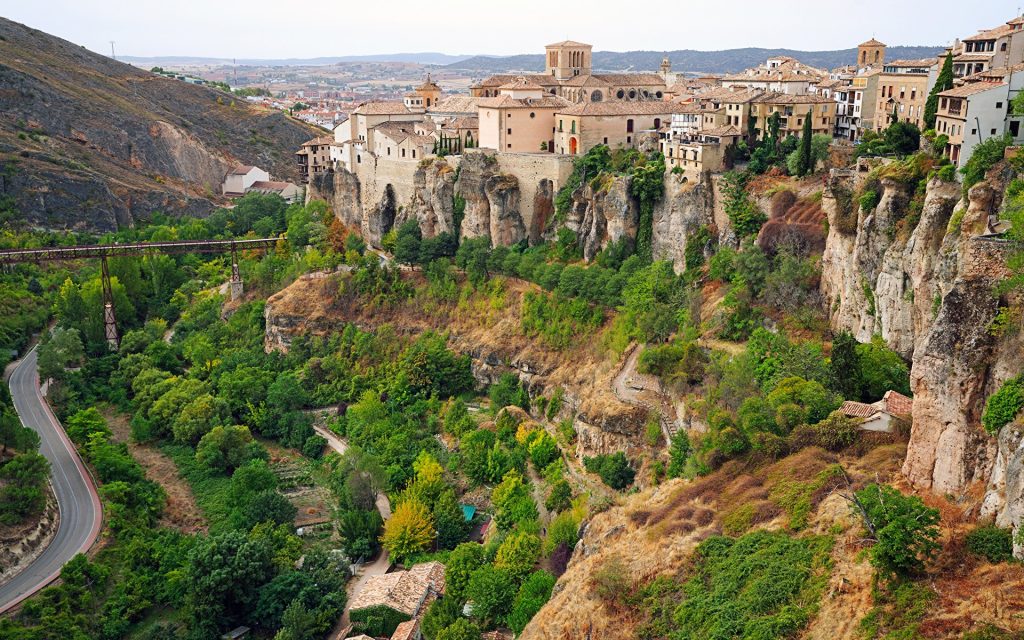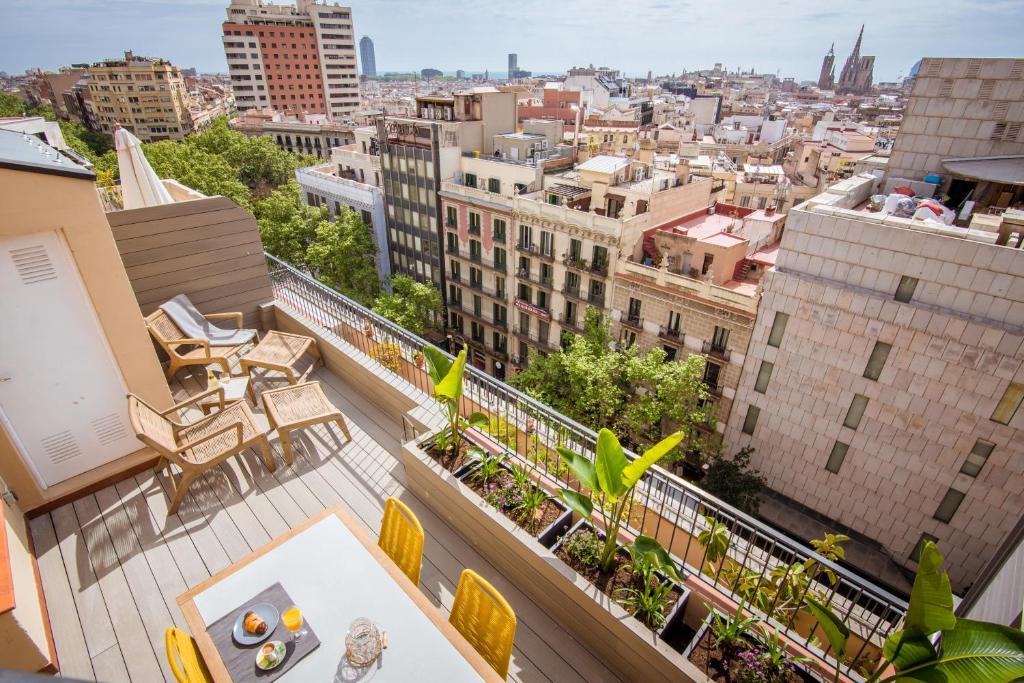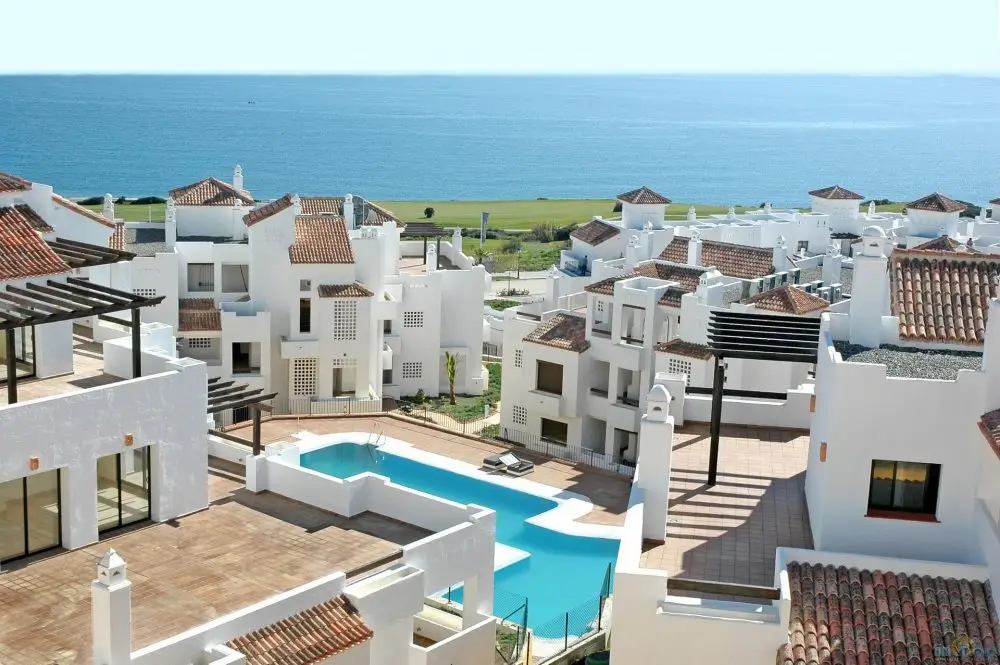A state with a population of 48 million people offers a clear algorithm for those who want to understand how to obtain Spanish citizenship. The Law on Foreigners (LOEX) has systematised all channels – from naturalisation to investment. The period of residence, the amount of capital, the legality of the source of income, the level of integration – each criterion affects the result. Practice shows: the key to the passport is hidden in the details.
Property investments: capital works for status
Citizenship is not granted directly for the purchase of assets. The golden visa mechanism opens a direct path to residence permit and then to permanent residence and naturalisation. Since 2013, the investor admission programme offers a simplified procedure if the applicant has purchased a home for €500,000 or more without loans. This amount is sufficient for an apartment in Alicante, a townhouse in Malaga or a penthouse in Valencia.
The path includes:
- the purchase of the property;
- processing the application through a consulate or in-country;
- processing of an investor visa with the right to work;
- renewal of the residence permit after two years;
- applying for permanent residence in five years;
- formalisation of citizenship status after 10 years.
Thus, how to obtain Spanish citizenship through property investment is a task with a predictable outcome and a clear payback period.
Naturalisation: the law through patience
 The longest, but massive way. The law establishes 10 years of legal and continuous residence as a condition for obtaining citizenship. For natives of Latin America, Portugal and a number of countries, the period is reduced to 2 years, in case of marriage to a citizen of the country – to 1 year. Among all the options for obtaining Spanish citizenship, the path through naturalisation is used more often than others.
The longest, but massive way. The law establishes 10 years of legal and continuous residence as a condition for obtaining citizenship. For natives of Latin America, Portugal and a number of countries, the period is reduced to 2 years, in case of marriage to a citizen of the country – to 1 year. Among all the options for obtaining Spanish citizenship, the path through naturalisation is used more often than others.
Key Terms:
- Having a residence permit or long-term residence;
- confirmation of integration;
- passing language (DELE A2) and culture (CCSE) examinations;
- renunciation of previous citizenship (unless otherwise provided for).
The procedure is governed by Articles 21 and 22 of the Civil Code. The Ministry of Justice processes up to 150,000 applications per year, with approval rates varying by region.
Marriage and descent: the shortest route
Not everyone knows how to obtain Spanish citizenship through marriage, but this channel is one of the fastest. A year of cohabitation with a citizen of the country in a registered marriage is enough. At the same time, it is required to live in Spain legally.
The right of descent applies – for children born to Spaniards or adopted under the age of 18. The law takes into account special cases – being in the country at the time of birth, if both parents are stateless.
How to obtain Spanish citizenship: ways
The variety of legal mechanisms allows you to choose an approach depending on your goals, time and budget. The system covers:
- Naturalisation – if you have lived for 10 years or more with permanent residence.
- Property investment – through residence permit, residence permit and subsequent filing.
- Conclusion of marriage – with confirmed cohabitation.
- Birth or adoption – if there is direct descent.
- Study or work – after the extension of the temporary residence permit.
- Refugee – with asylum and integration conditions.
- Citizenship by descent – if you have Spanish ancestors.
Each of these paths demonstrates how to obtain Spanish citizenship based on legal rules and life circumstances.
Documents and requirements
Migration authorities have specific document requirements for Spanish citizenship. A typical package includes:
- proof of legal residence;
- NIE – foreigner’s identification number;
- examination certificate;
- a criminal record certificate from Spain and the country of origin;
- a certificate of income or tax return;
- health insurance;
- completed application form and fees paid.
The system supports electronic feeding via the Mercurio platform, which halves the processing time. Correctly completed documents for Spanish citizenship shorten the path to the final decision by 4-6 months.
Causes of failures
The Department of Justice strictly monitors background violations. Statistics show that denial of Spanish citizenship status is most often explained by:
- incomplete or inaccurate documentation;
- lack of legal income;
- long trips out of the country;
- by refusing to take the exam;
- a criminal record or an administrative record.
Judicial practice demonstrates: in 70% of cases appeals after refusal remain unsuccessful. Mistakes in the CV are worth several years of waiting.
Peculiarities of the dual status of a citizen
Dual citizenship in Spain is only available for a limited number of countries. Latin America, Portugal, Andorra, Philippines – citizens of these countries retain both passports. For the rest, a renunciation of the previous citizenship is required.
Spanish law strictly controls the retention of a second passport without notification. Attempts to conceal the fact will result in the cancellation of naturalisation. It is therefore important to prioritise and understand the consequences of your choice.
Examinations: the key to recognition
The state requires mandatory language (DELE A2) and culture (CCSE) tests. The Instituto Cervantes certifies the results. The national average pass rate is 92%. The exam lasts 45 minutes and includes knowledge of the Constitution, history, way of life, geography, symbols and rights.
Candidates who have studied the tests in advance pass the threshold in 95% of cases. Preparation takes 2-3 months. Without passing the exam, it is impossible to explain how to obtain Spanish citizenship even with all other conditions fulfilled.
Residence, residence, residence permit and permanent residence: the basis for a future passport
The path to Spanish citizenship always starts with legal residence. The first step is a temporary residence permit, valid for up to 1 year, with the possibility of extension. After 5 years – a permanent residence permit, which gives full rights, except for electoral rights. The residence permit status opens a direct path to applying for a passport.
Residence requires physical presence and active participation in the social and fiscal life of the country. Successful adaptation and a stable income are mandatory parameters. In 2023, the minimum subsistence level was €600 per month per person, equivalent to an annual income of €7,200 or more. This data is used to assess financial solvency.
Everyone who realises how to obtain Spanish citizenship should consider the residence permit and residence permit not as a formality, but as a foundation.
Law and practice: what influences the decision
Formally, the law defines the process, but administrative practice clarifies the details. For example, the legislation does not specify that long journeys abroad are an obstacle. However, if the migration services record absence of more than 90 days per year without a valid reason – the application is rejected.
The law “on citizenship through naturalisation” does not set out a specific list of proof of integration, but in practice it is required:
- language skills;
- social engagement;
- the existence of a labour contract;
- participation in the tax system;
- absence of offences.
Therefore, you should not limit yourself to the formal fulfilment of conditions. To understand exactly how to obtain a Spanish passport, it is necessary to take into account both the letter of the law and real cases.
How to obtain Spanish citizenship: conclusions
 The path is built sequentially: residency, residence, integration, exams, filing. When choosing how to obtain Spanish citizenship, it is important to consider each stage. Investment, marriage, origin accelerate the process, but do not replace preparation. Civil status is formalised only with a clear strategy.
The path is built sequentially: residency, residence, integration, exams, filing. When choosing how to obtain Spanish citizenship, it is important to consider each stage. Investment, marriage, origin accelerate the process, but do not replace preparation. Civil status is formalised only with a clear strategy.
 en
en  ru
ru  de
de  ar
ar  es
es  nl
nl  hi
hi  fr
fr  it
it  pt
pt  el
el 










